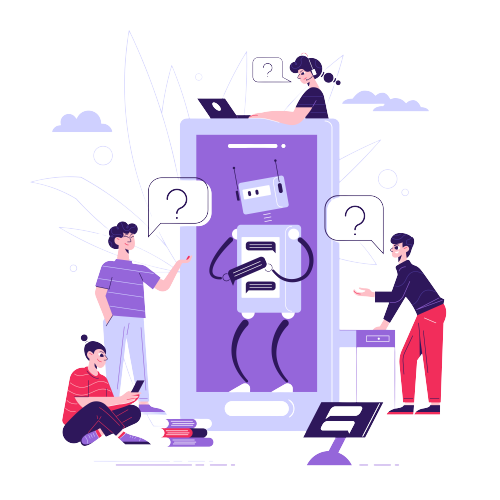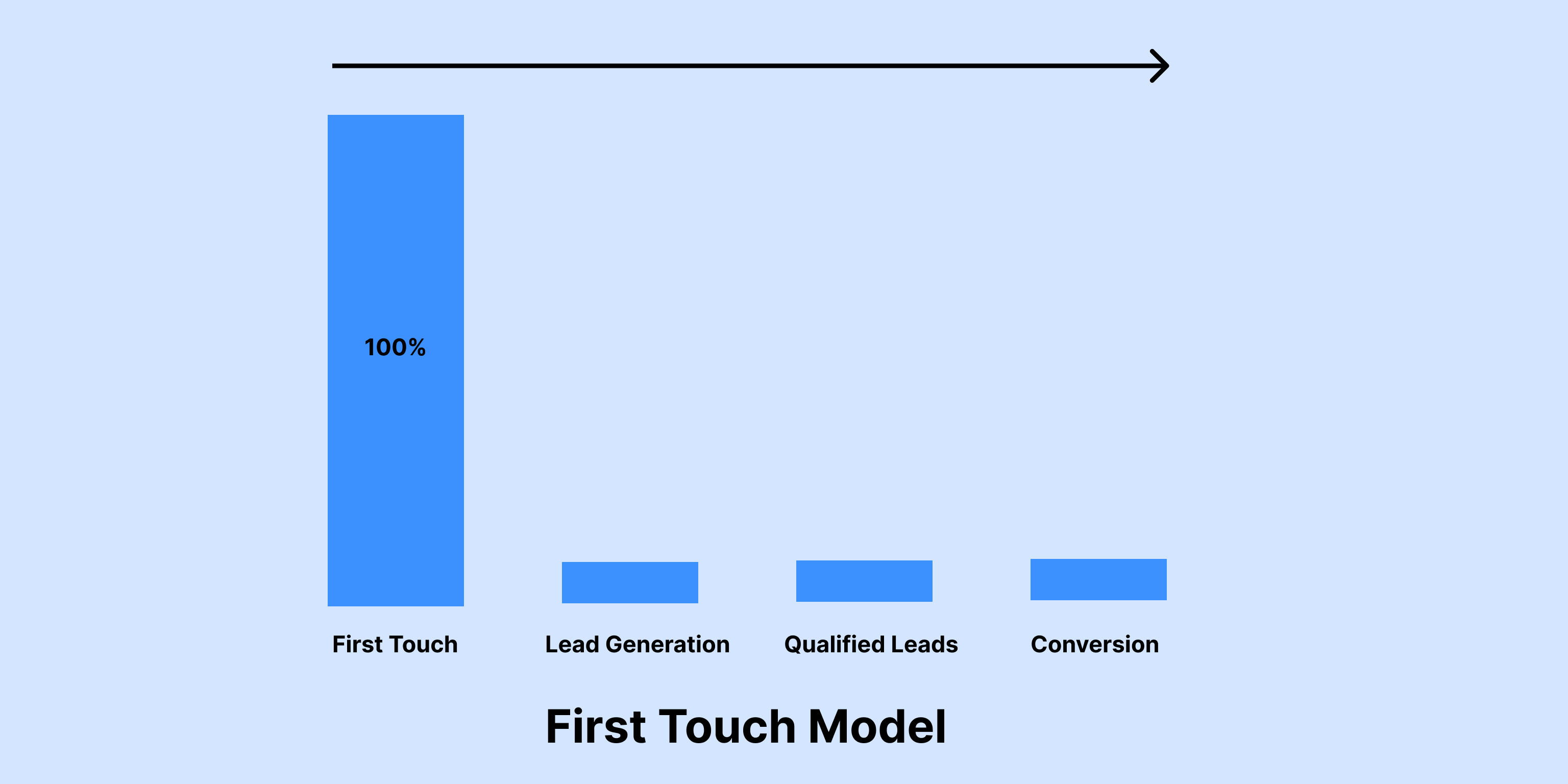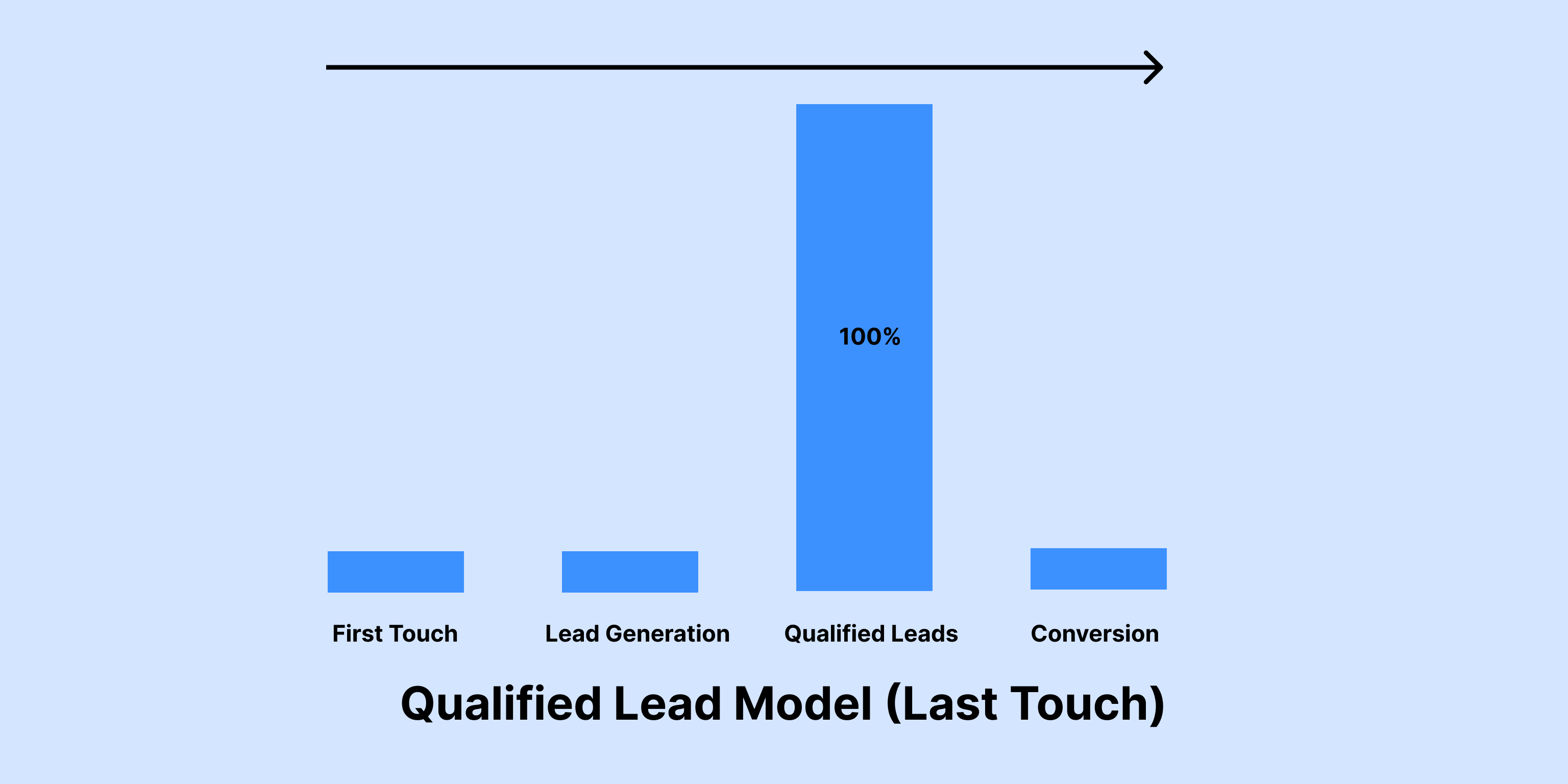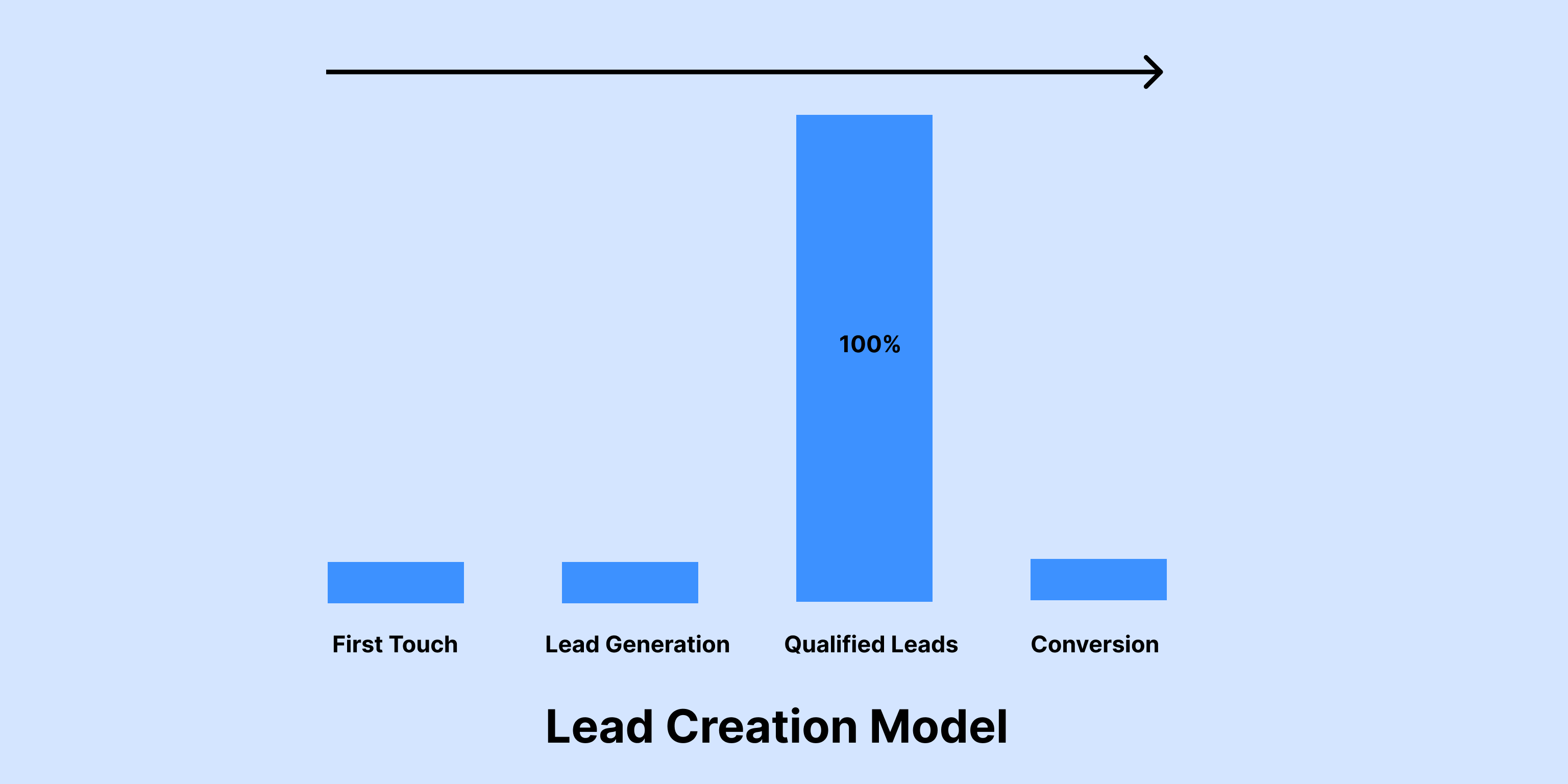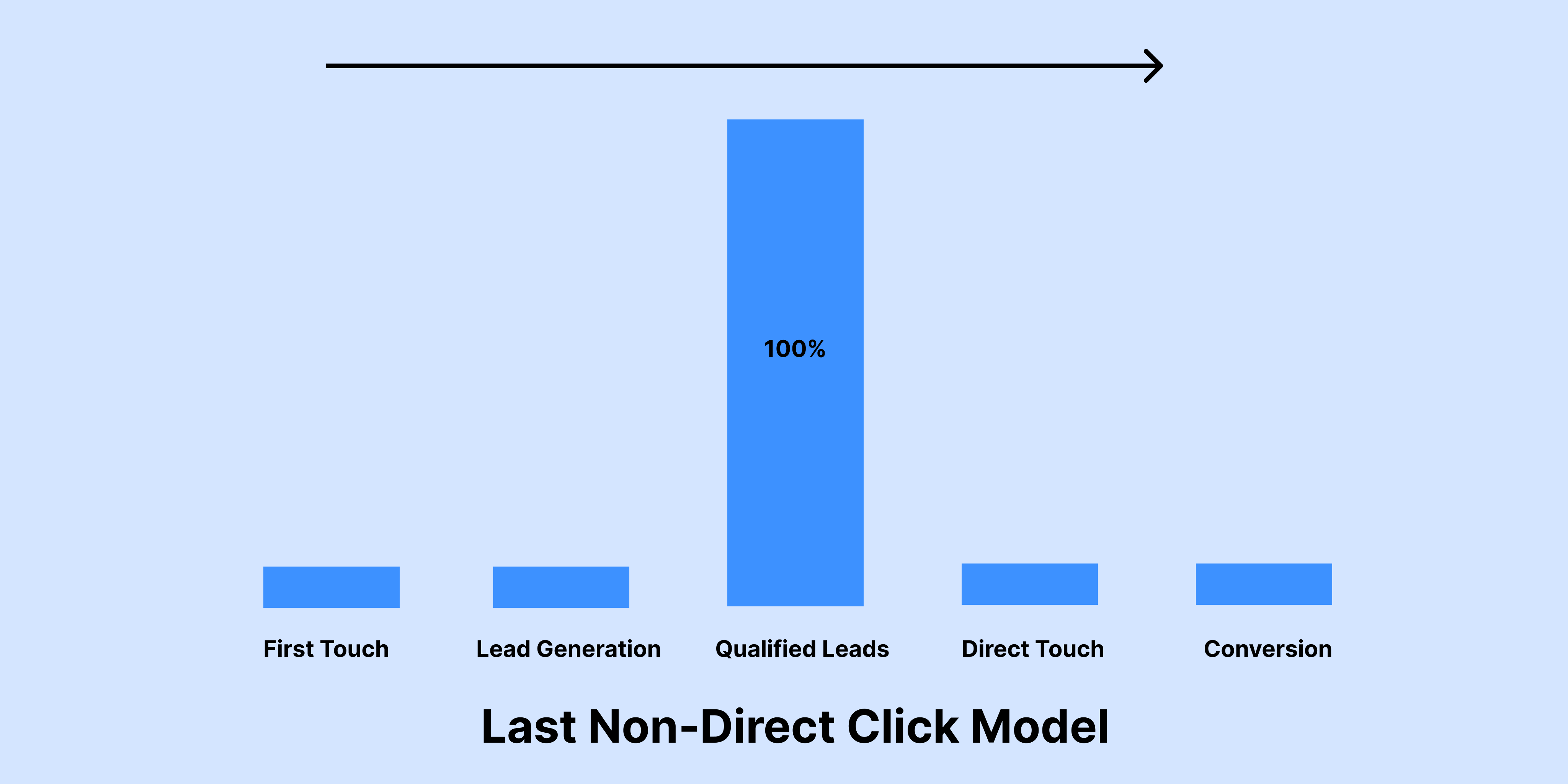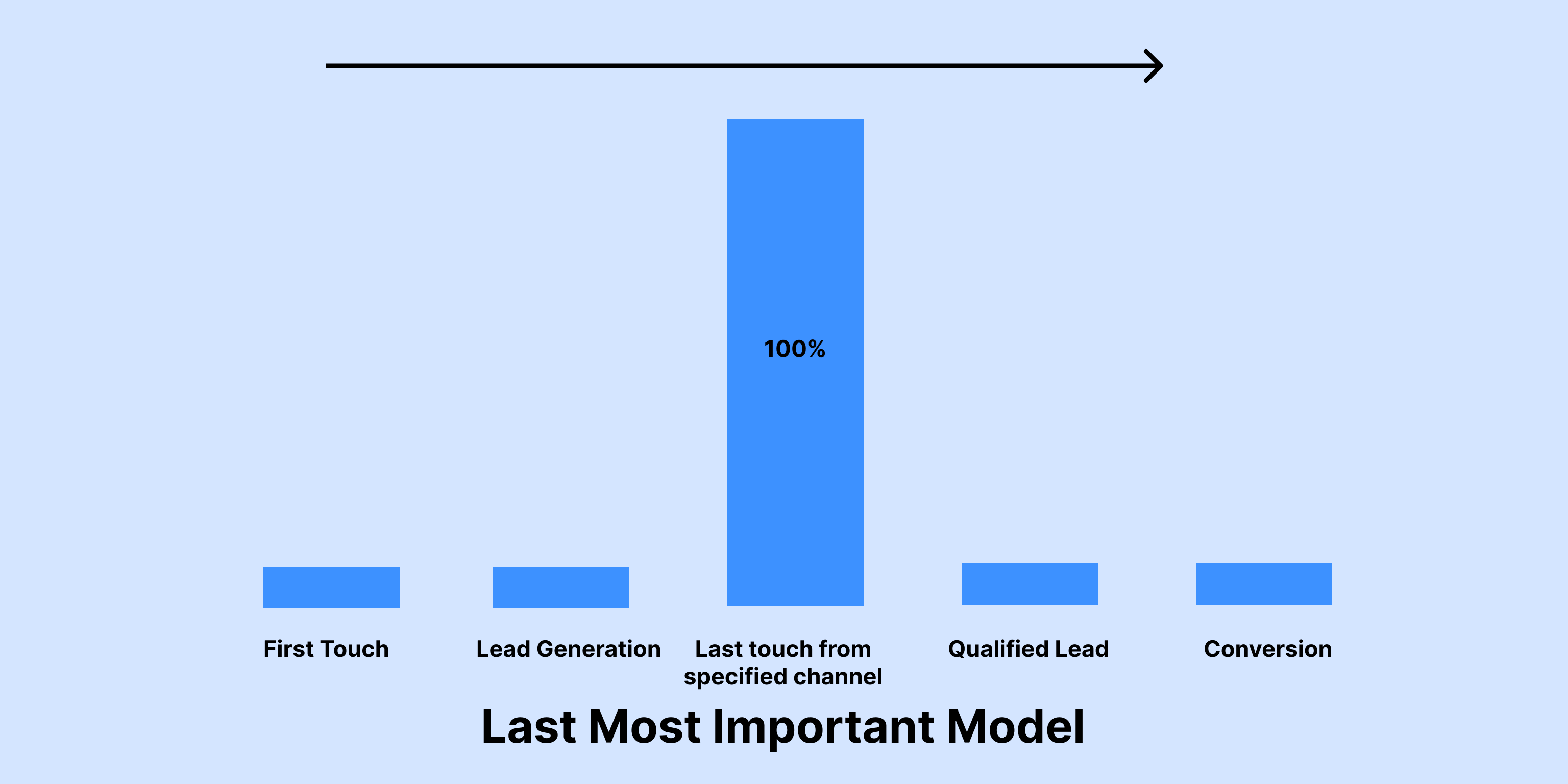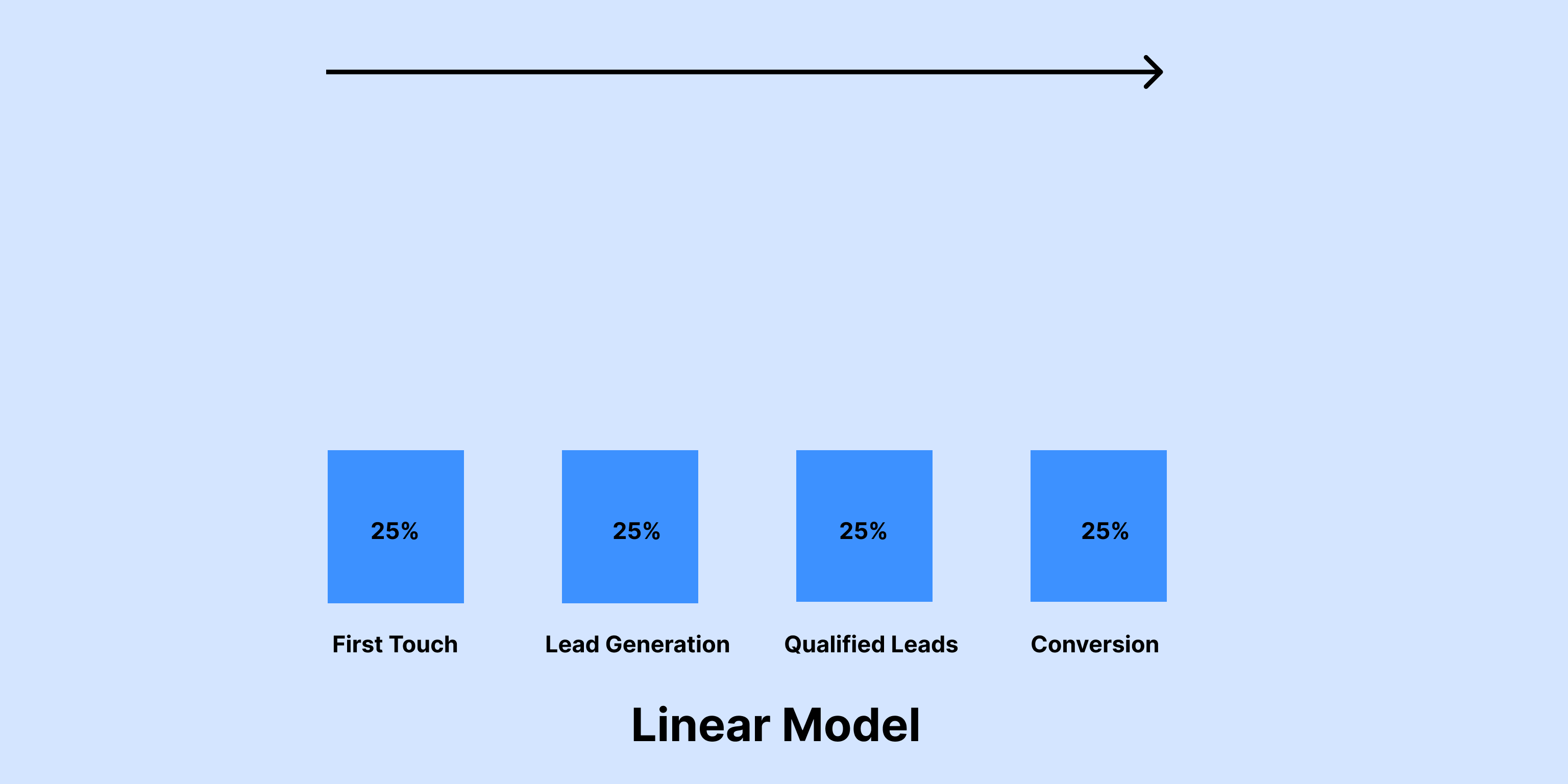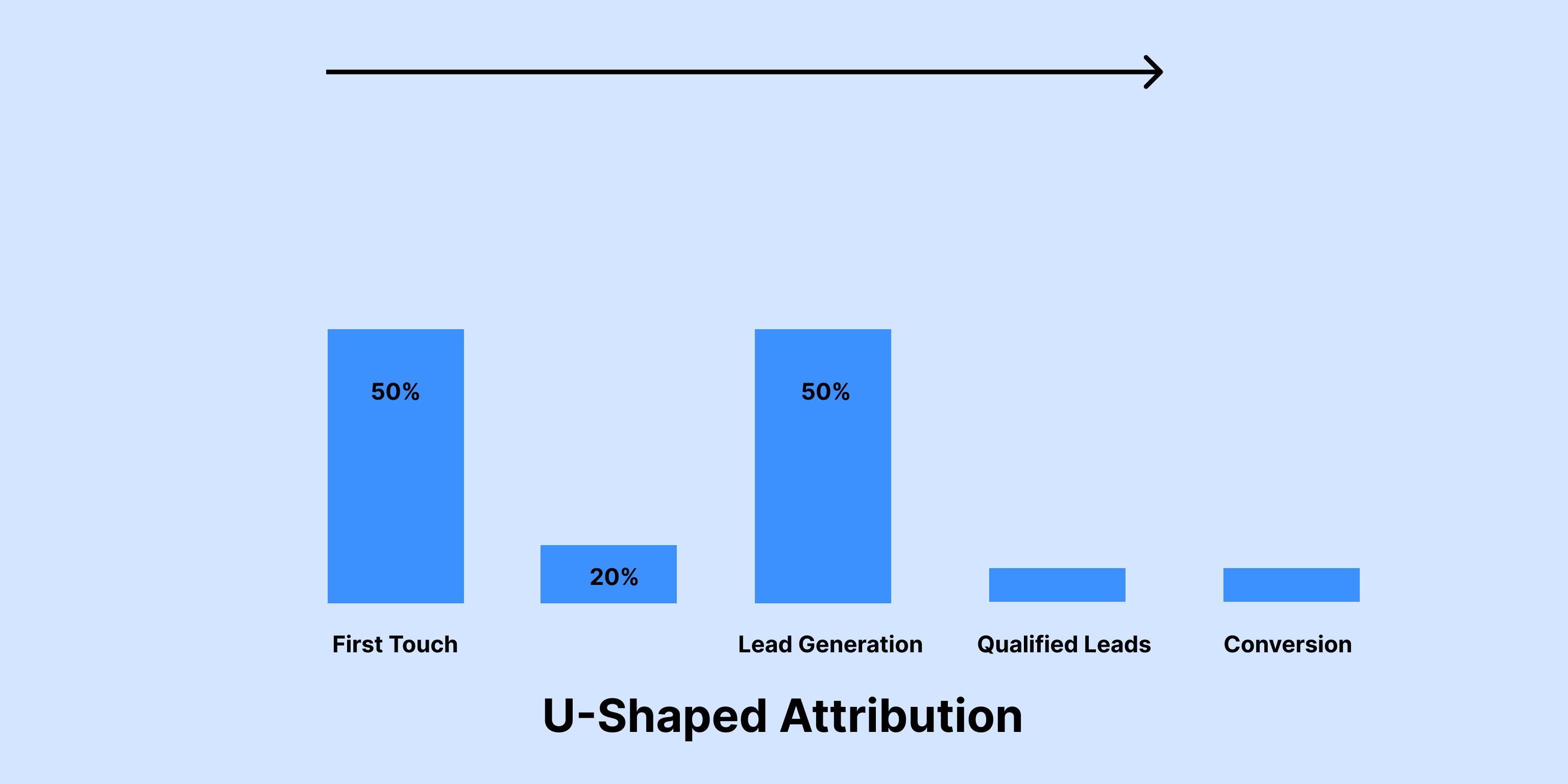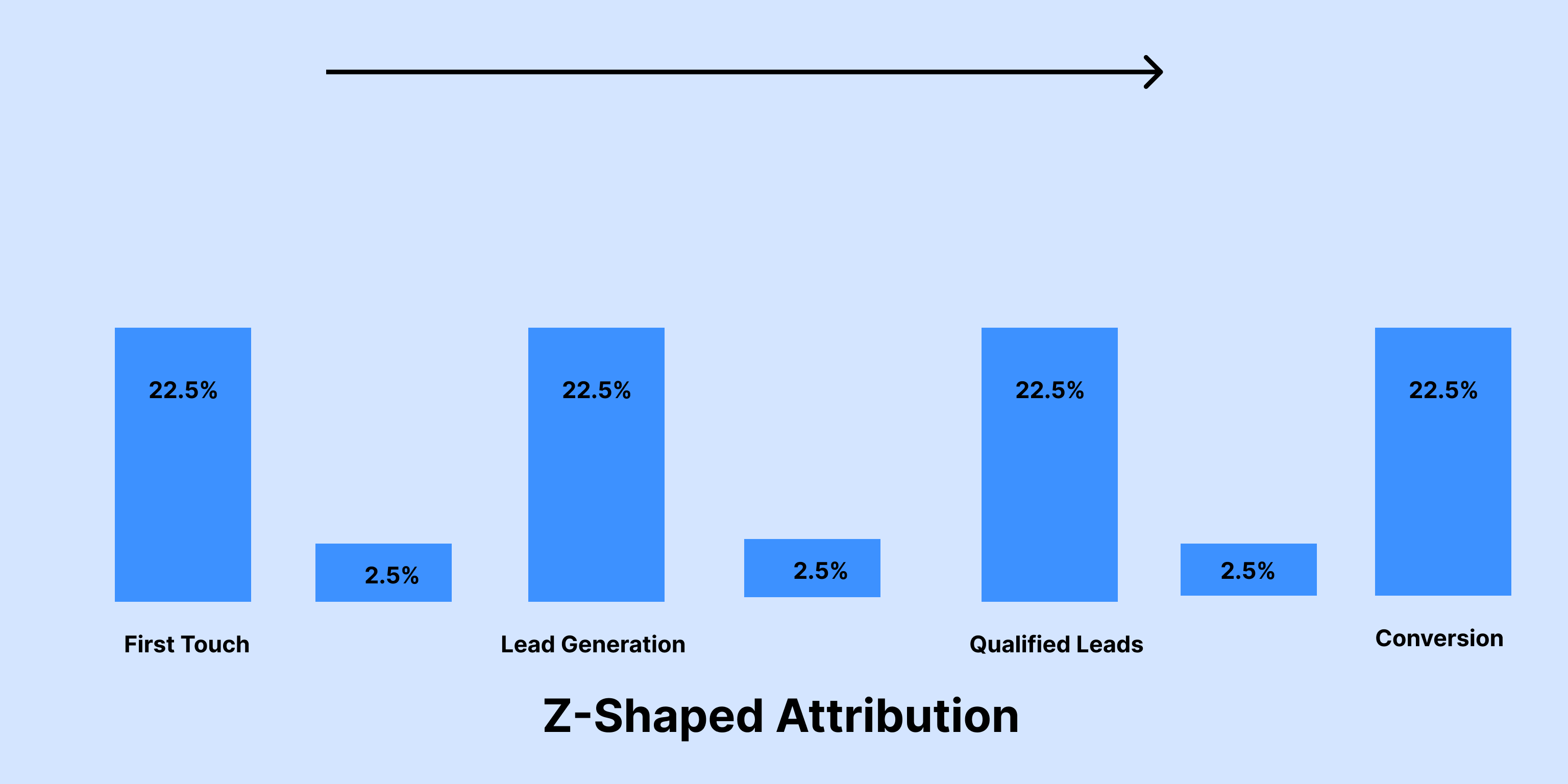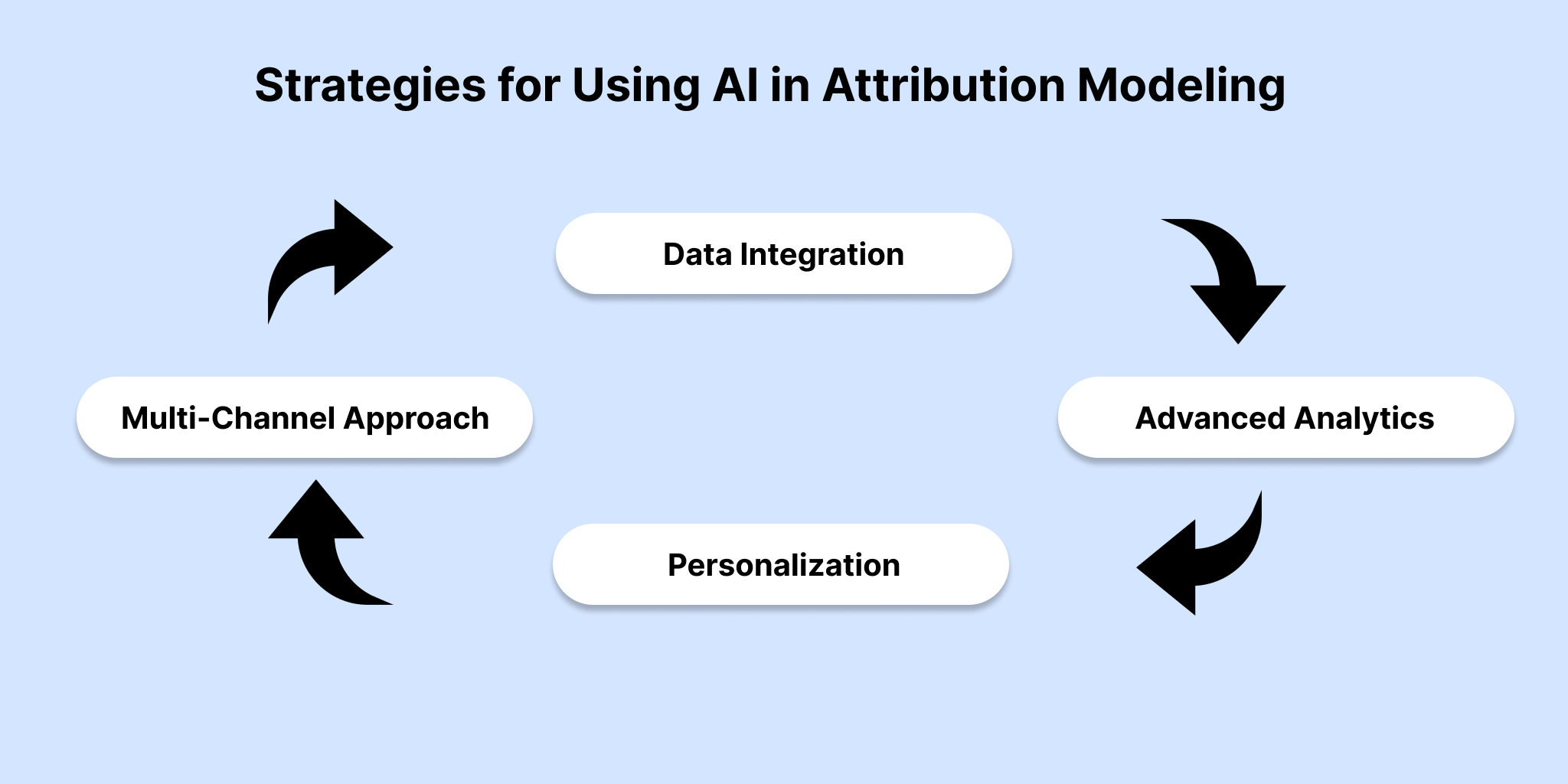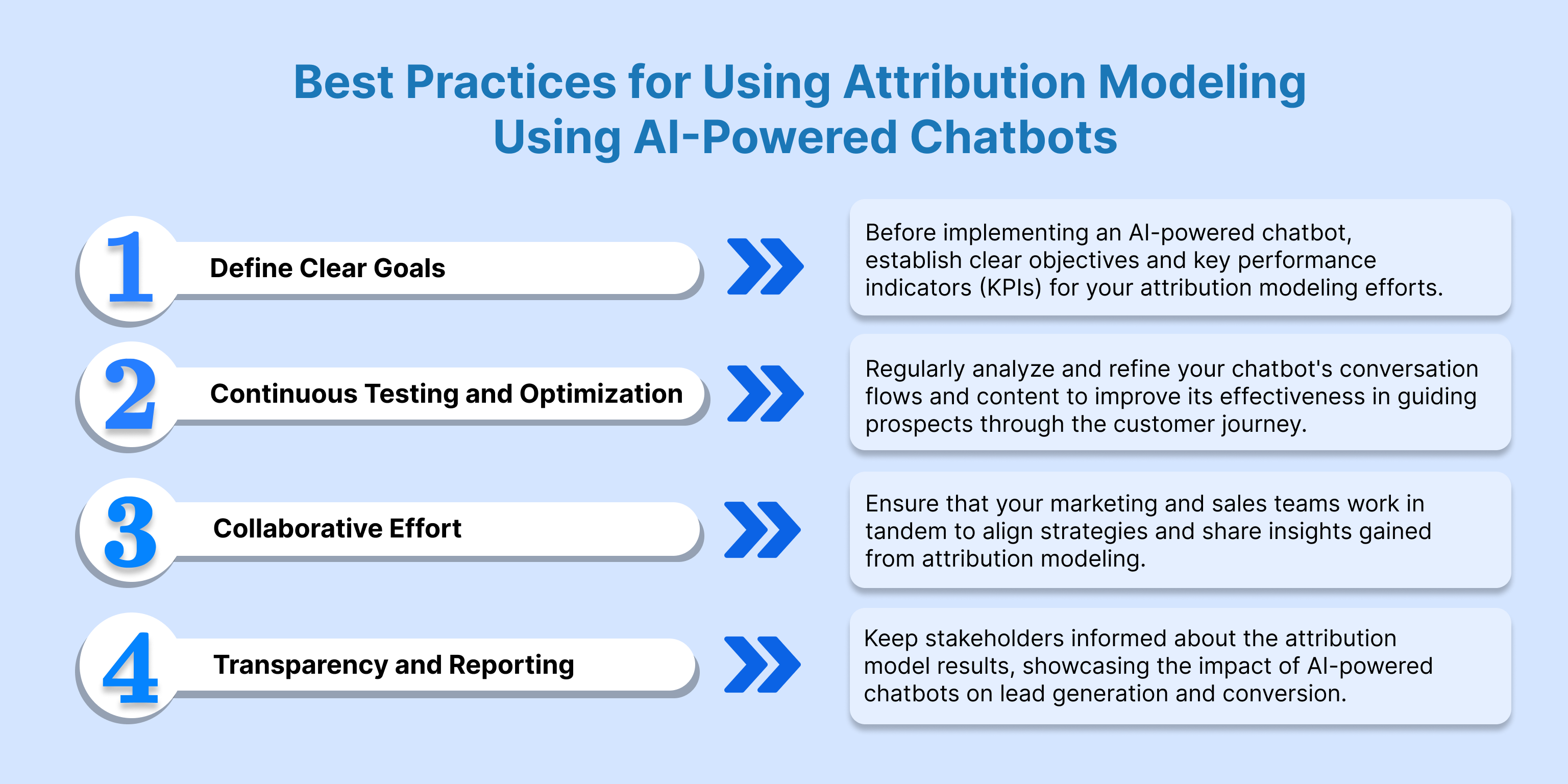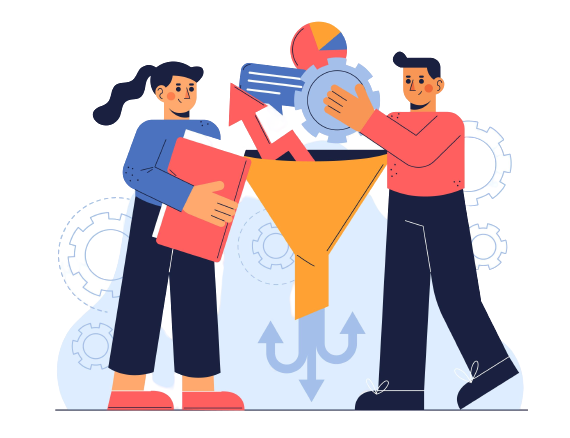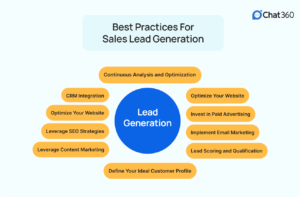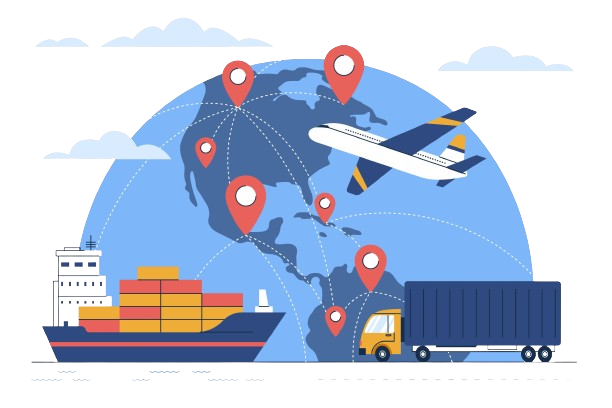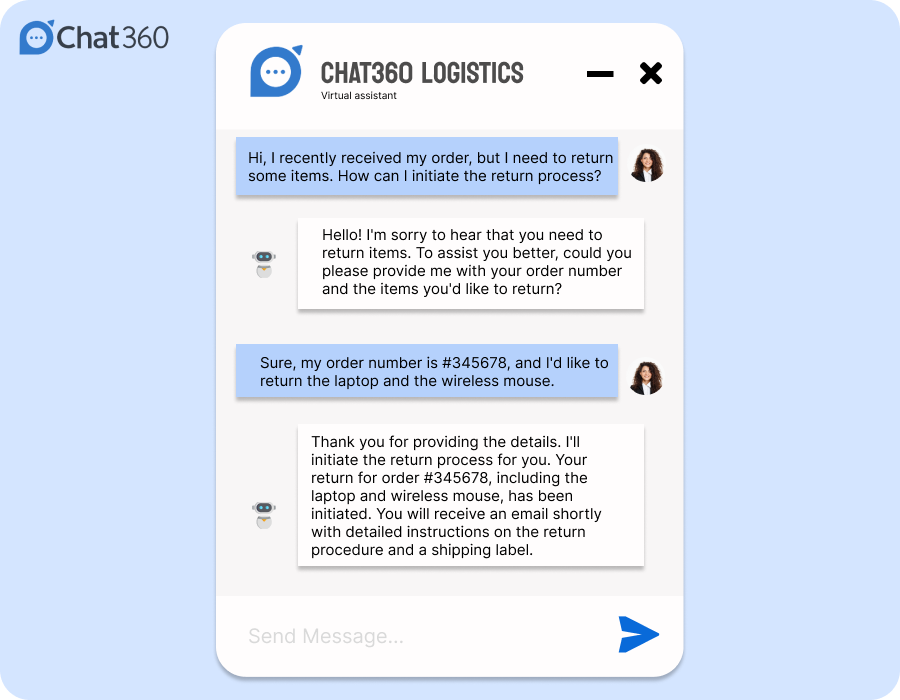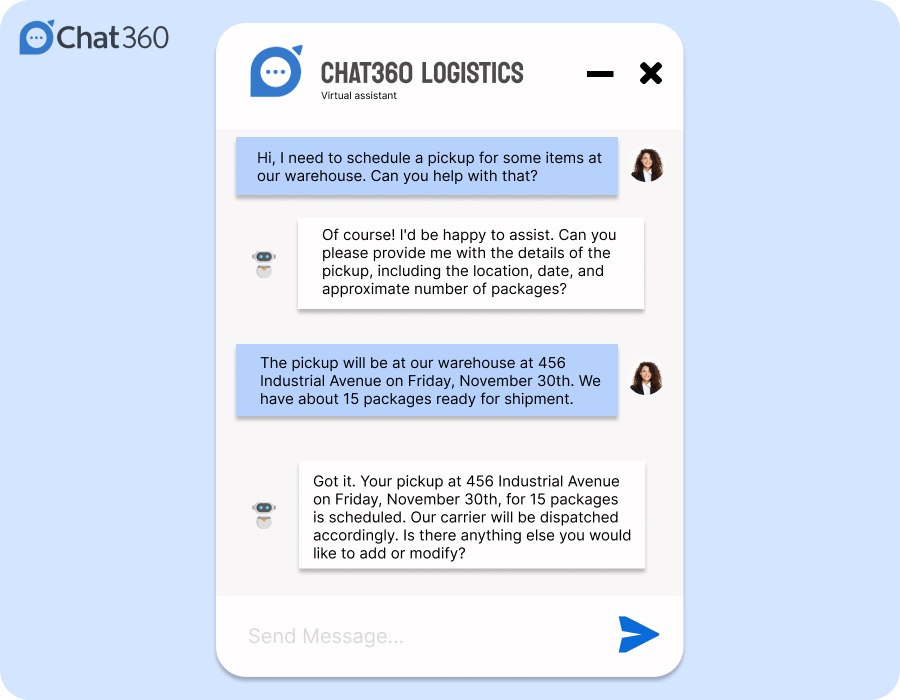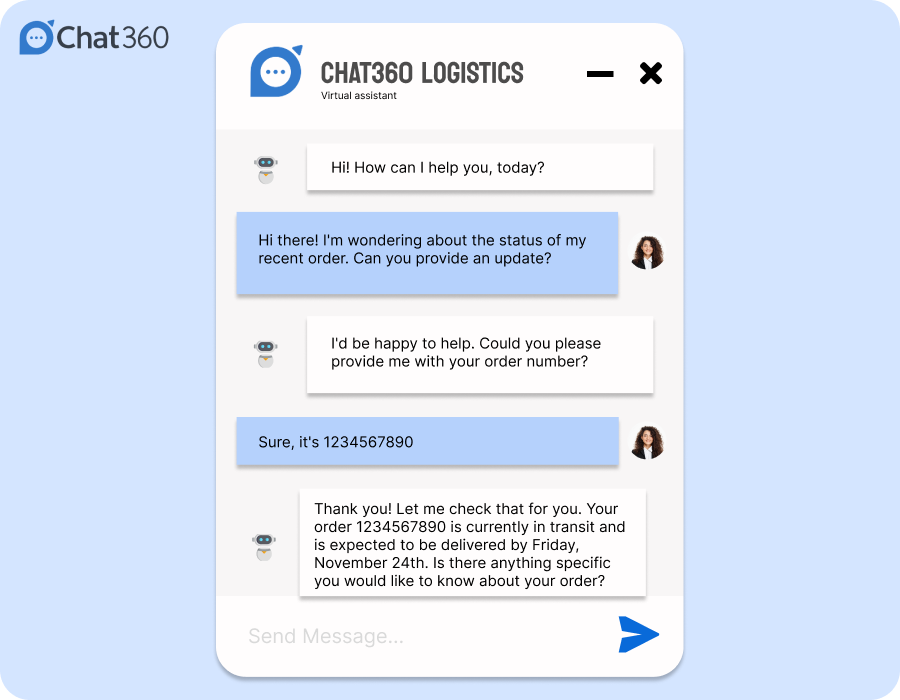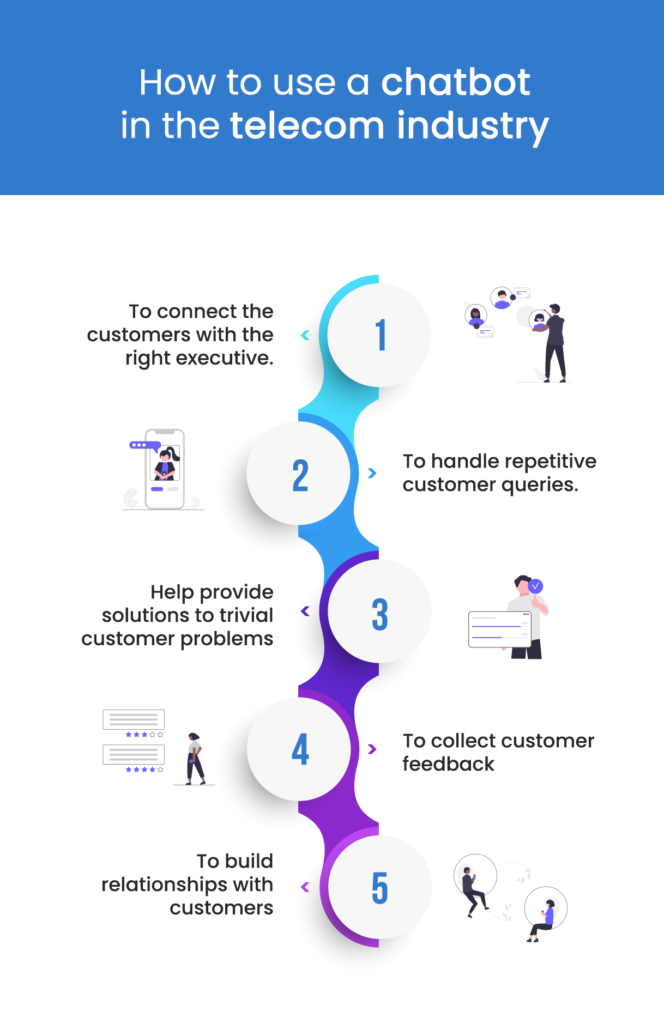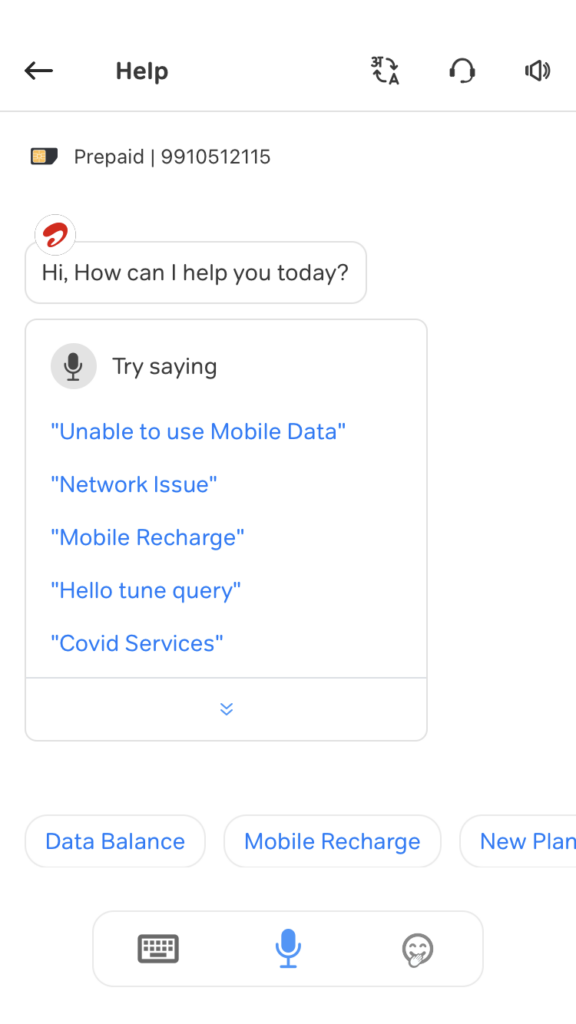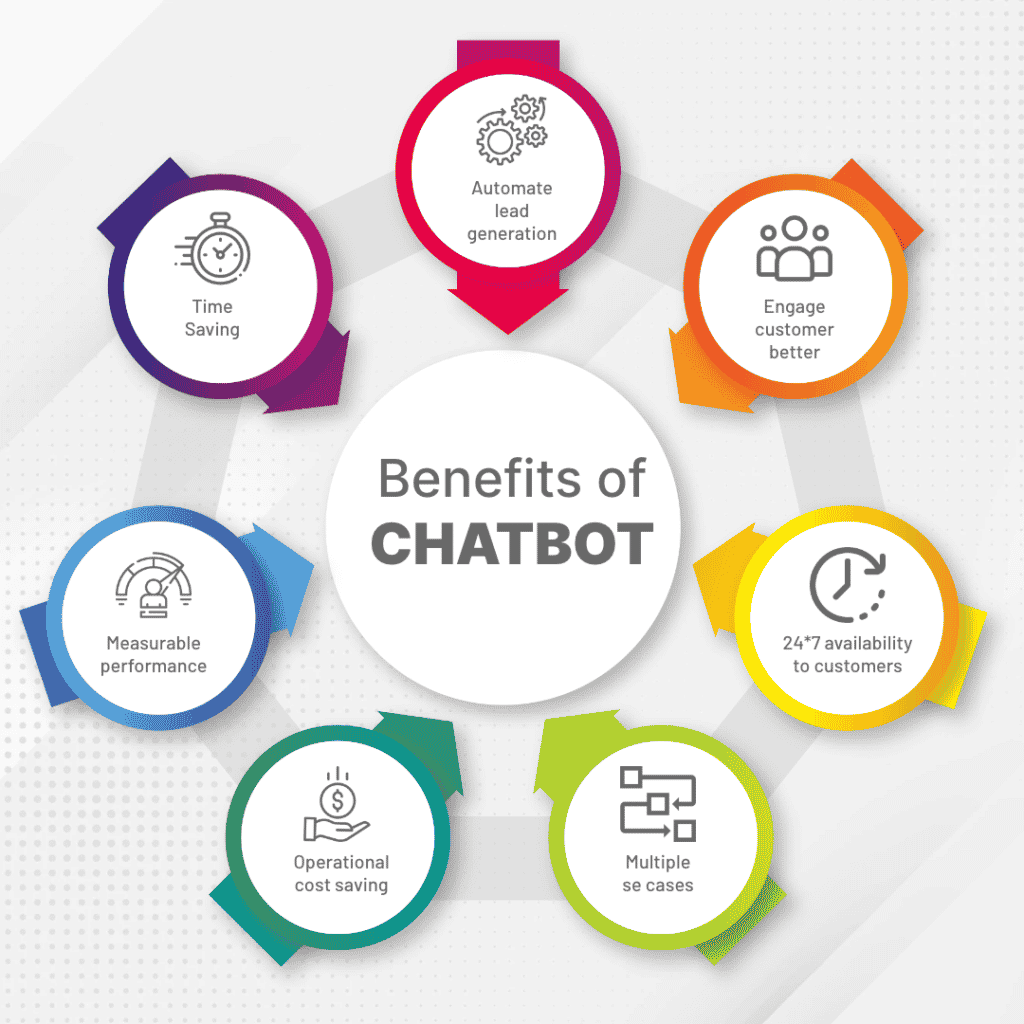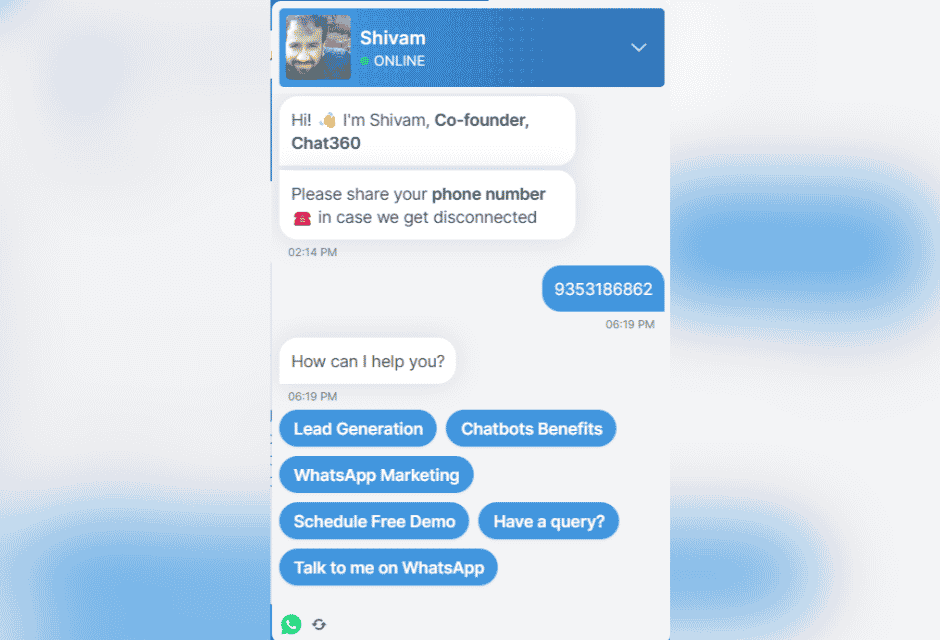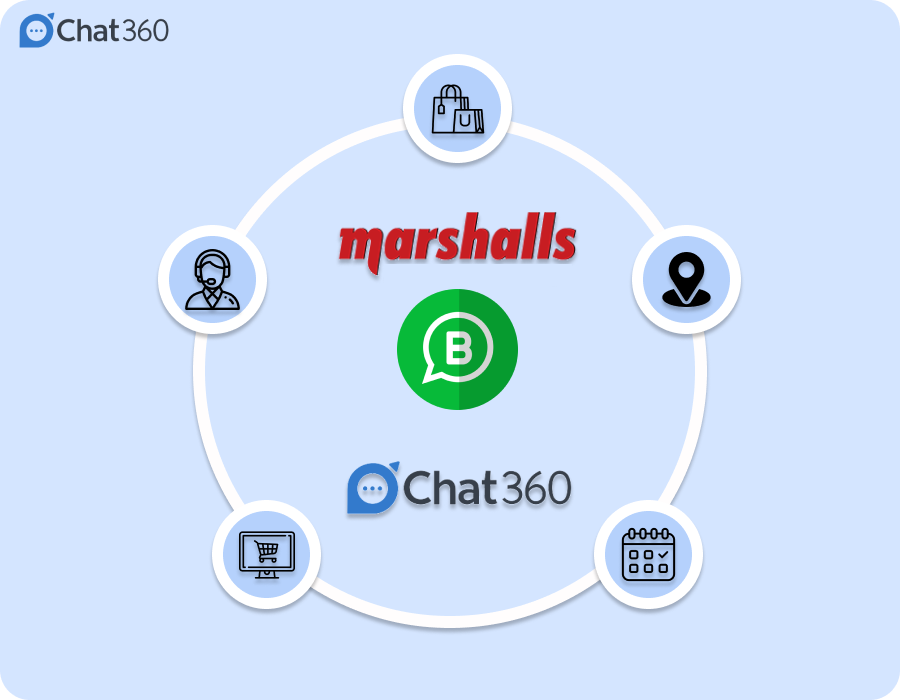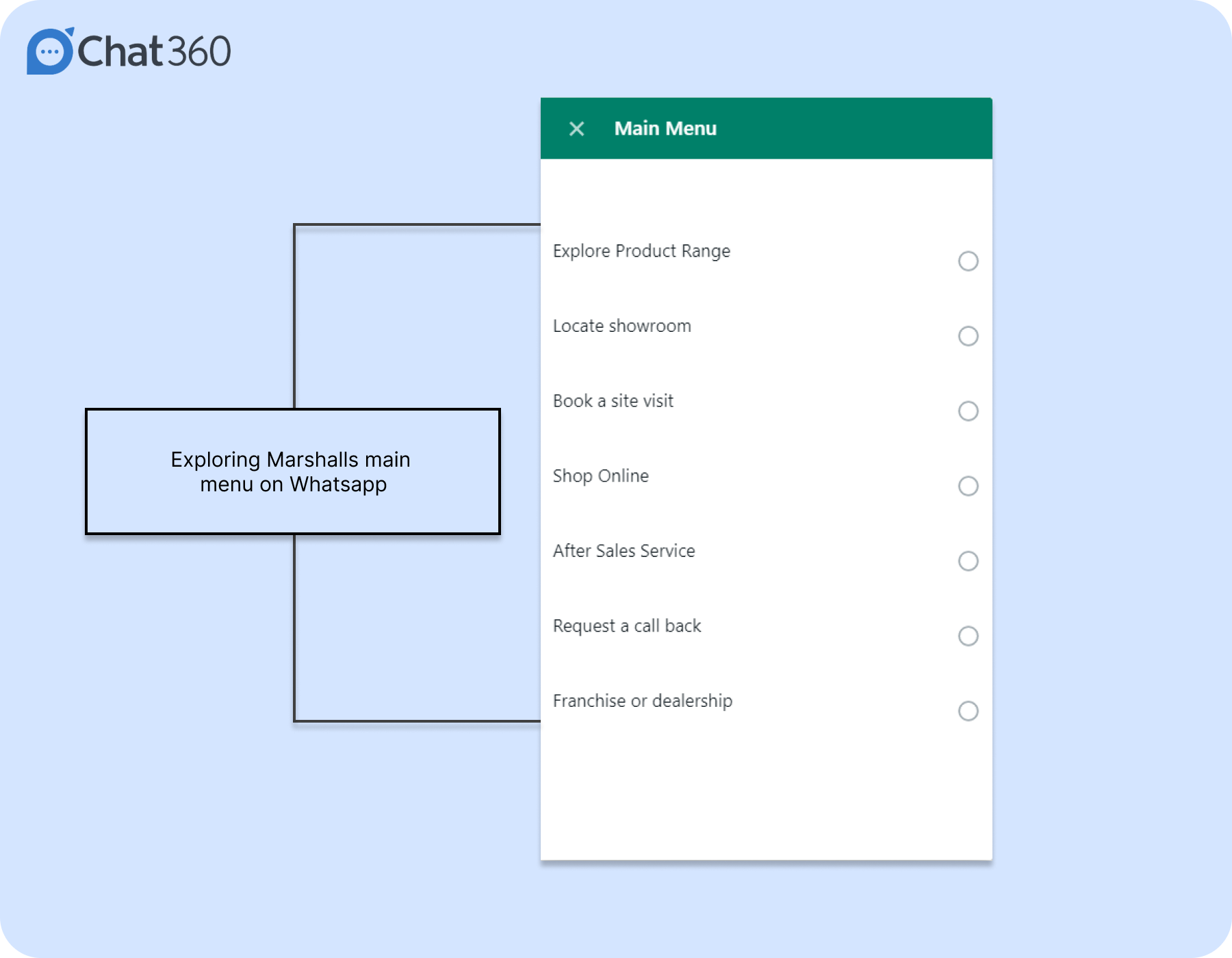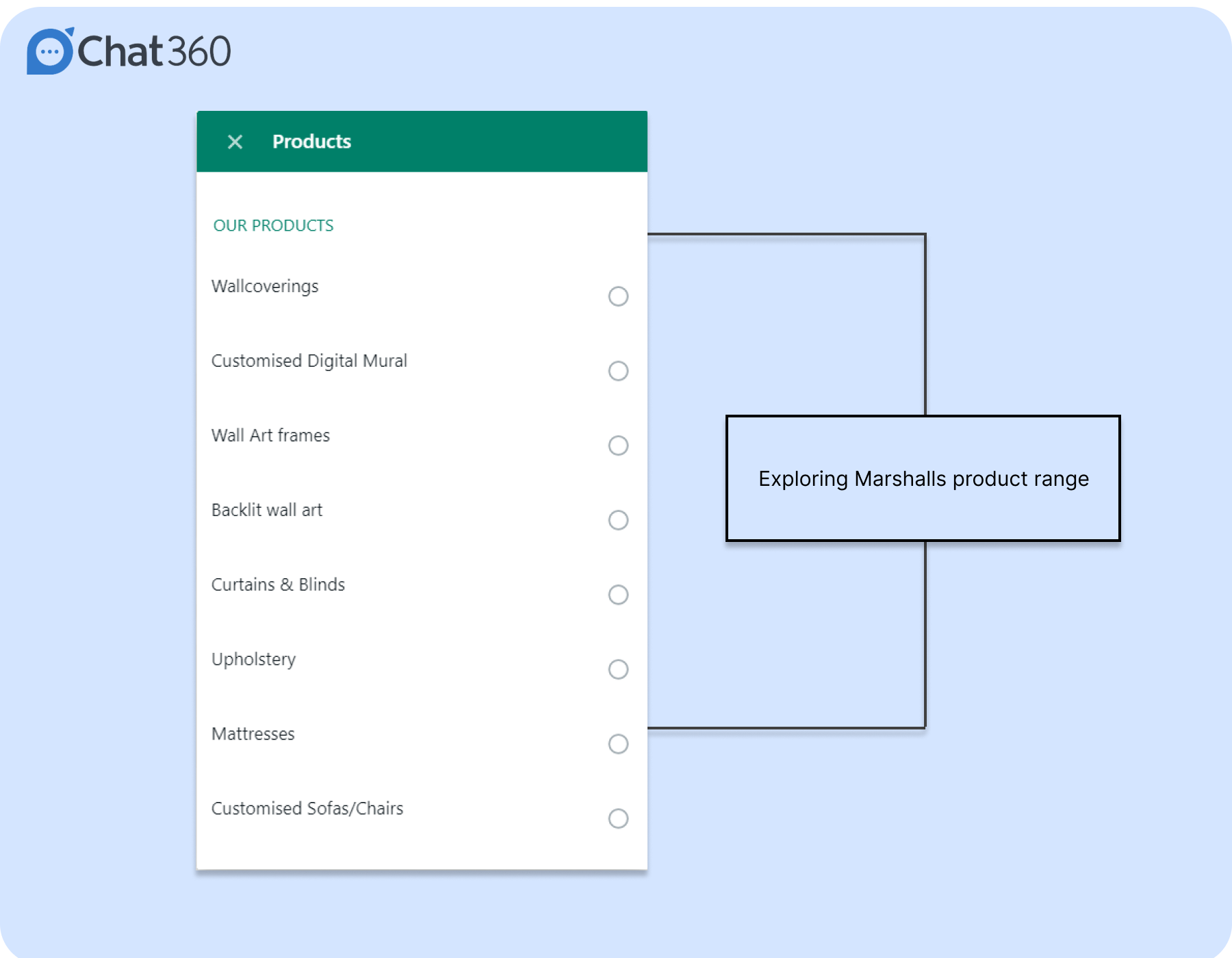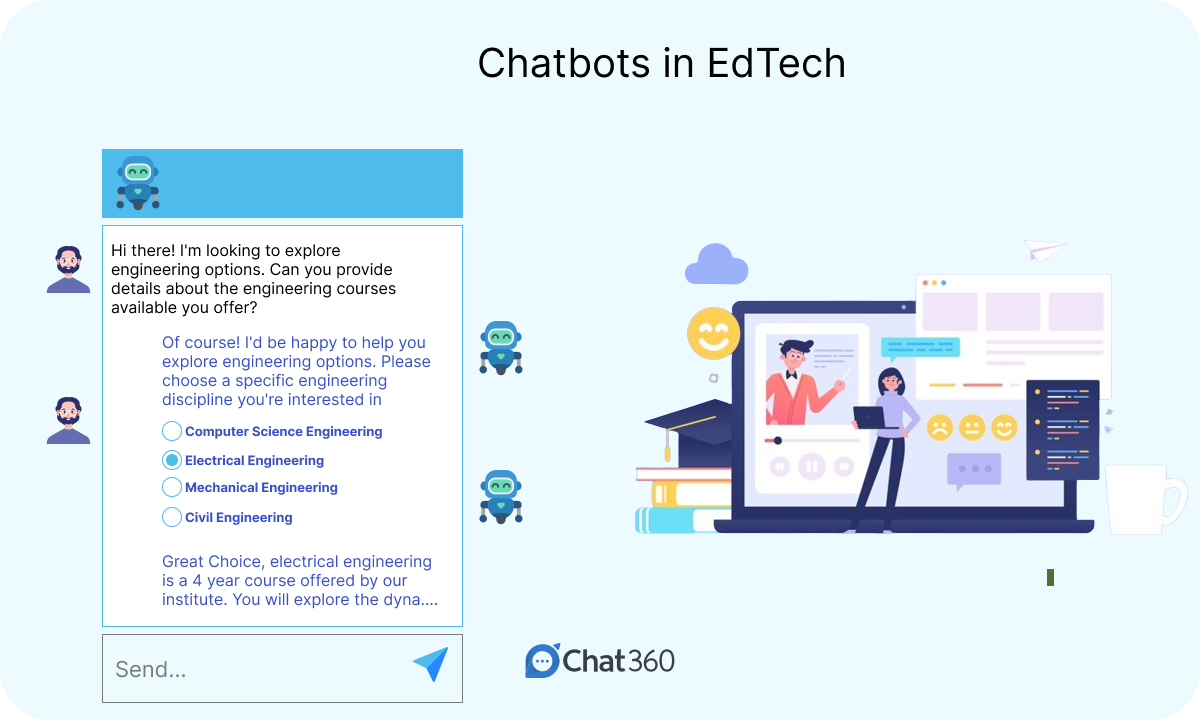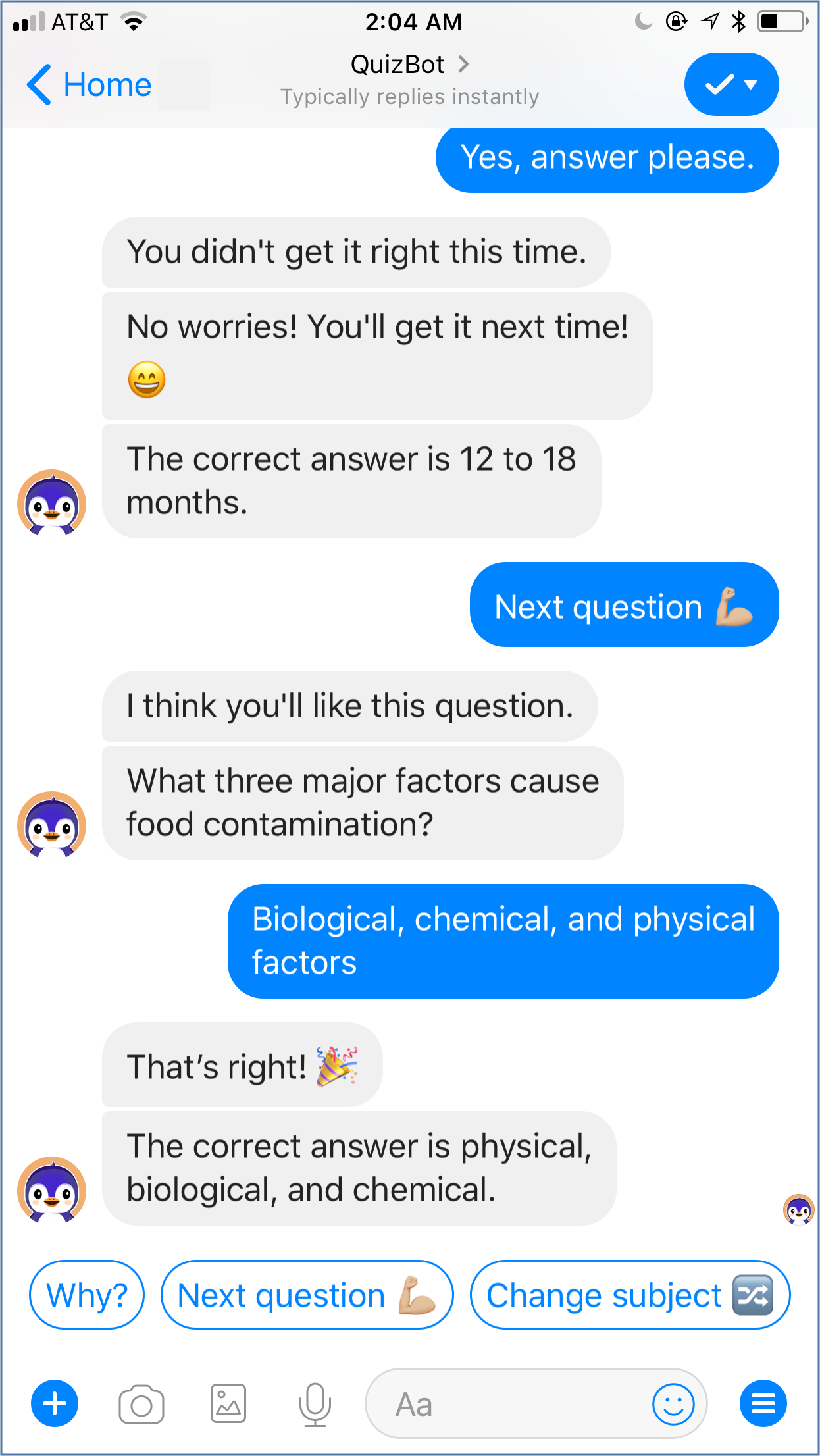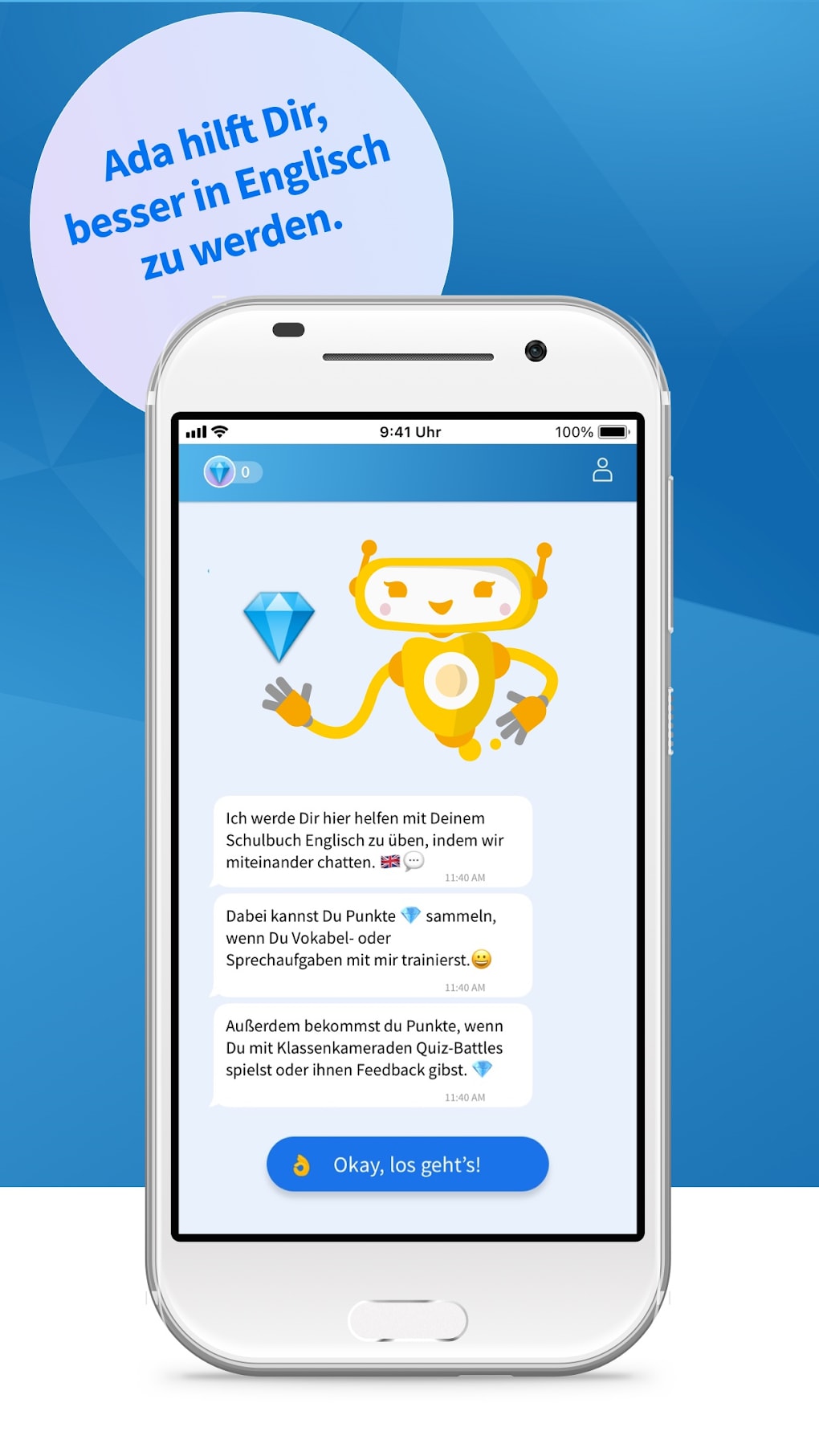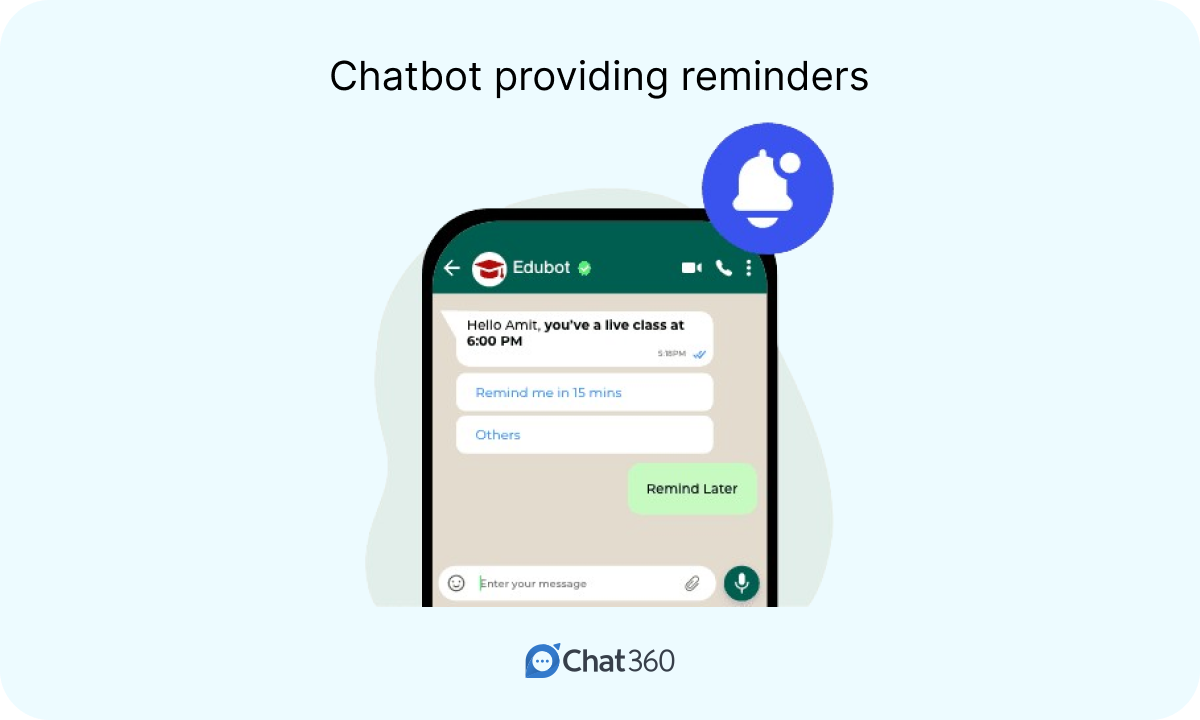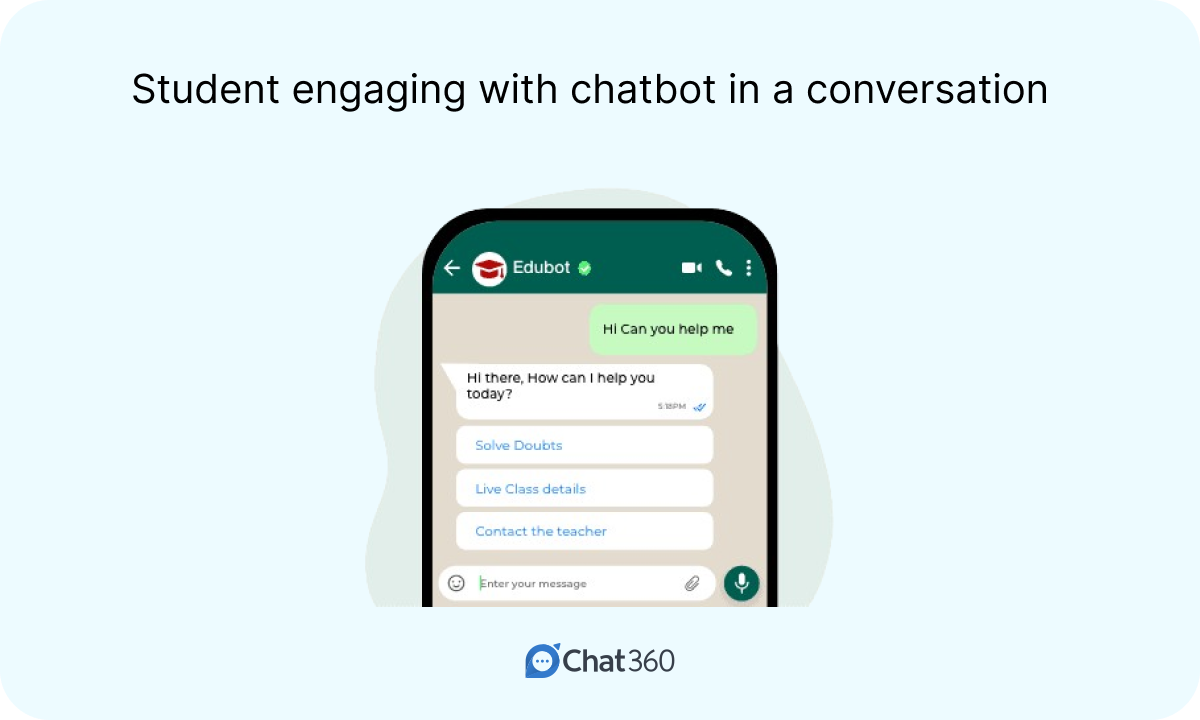In today’s ever-evolving business landscape, lead generation remains a critical aspect of success. However, the methods employed for lead generation have transformed dramatically in recent years.
Modern lead generation techniques, often driven by cutting-edge technology like Artificial Intelligence (AI), have paved the way for a new era of efficiency and effectiveness. One such modern approach that stands out is the use of Chatbots.
In this blog, we’ll explore the differences between Chatbots and traditional lead generation methods, highlight the benefits of using Chatbots for lead generation, and explain why businesses should consider switching to these modern techniques.
Difference between Modern & Traditional Lead Generation
Modern Lead Generation encompasses methods that leverage the latest technological advancements, primarily AI and automation, to streamline the process of attracting and converting potential customers into leads.
In this context, Chatbots are AI-powered conversational agents that interact with website visitors and collect valuable information, providing a seamless user experience.
Traditional Lead Generation methods, on the other hand, rely on more manual and labor-intensive approaches, such as cold calling, email marketing, and static forms on websites.
These methods are often less efficient and may not provide the immediate responses that modern consumers expect.
Differences between Chatbots vs. Lead Generation Methods
Let’s break down the distinctions between Chatbots and traditional lead generation methods in the following table:
| Aspect | Chatbots | Traditional Methods |
| Immediate Engagement | Chatbots engage visitors in real-time conversations, capturing leads instantly. | Traditional methods often involve delayed responses and may require follow-ups. |
| Personalization | Chatbots can offer personalized recommendations and responses based on user data. | Traditional methods may lack personalization and target a broader audience. |
| Cost Efficiency | Chatbots reduce labor costs by automating interactions and lead collection. | Traditional methods can be more costly due to manual labor and marketing expenses. |
| Data Collection | Chatbots gather and organize lead data efficiently, enhancing data quality. | Traditional methods may result in data inconsistencies and require manual data entry. |
| Scalability | Chatbots can handle multiple conversations simultaneously, scaling with demand. | Traditional methods may struggle to keep up with high volumes of inquiries. |
| 24/7 Availability | Chatbots are available round-the-clock, catering to a global audience. | Traditional methods are limited by business hours and time zones. |
| User Experience | Chatbots offer an interactive and user-friendly experience. | Traditional methods may be perceived as intrusive or pushy. |
Benefits of Lead Generation Methods Using Chatbots
Now, let’s delve into the advantages of utilizing Chatbots for lead generation:
Higher Conversion Rates: Chatbots engage with potential leads in real-time, significantly increasing the chances of converting visitors into customers.
1. Improved User Experience:
Chatbots provide a more interactive and user-friendly experience, keeping visitors engaged and satisfied
2. Cost Efficiency:
Automating lead generation with Chatbots reduces labor costs and can be more budget-friendly in the long run.
3. Data Quality:
Chatbots collect and organize lead data more efficiently, ensuring data accuracy and consistency.
4. Scalability:
Chatbots can handle a large number of inquiries simultaneously, making them suitable for businesses of all sizes.
5. 24/7 Availability:
Chatbots are available round-the-clock, catering to a global audience and different time zones.
6. Personalization:
Chatbots can deliver personalized responses and recommendations, making visitors feel more valued.
Do Chatbots Really Work for Lead Generation?
Absolutely. Chatbots have proven to be highly effective in lead generation by providing instant responses, personalising interactions, and capturing user information seamlessly. Unlike traditional methods, chatbots engage potential leads in real time, improving conversion rates and user experience. With the ability to operate 24/7 and handle multiple queries simultaneously, chatbots streamline the lead generation process and help qualify leads through intelligent conversation flows. Their data-driven approach enables businesses to refine strategies based on user interactions, making them a valuable tool in modern marketing.
Why Businesses Should Focus on Switching to Modern Lead Generation Techniques
In a rapidly changing business landscape, it’s essential for companies to stay competitive and adapt to evolving consumer preferences. Here’s why businesses should prioritize modern lead generation techniques like Chatbots:
1. Efficiency:
Modern methods, including Chatbots, streamline lead generation processes, reducing the time and effort required.
2. Competitive Edge:
Embracing technology-driven approaches helps businesses stand out in a crowded market.
3. Higher ROI:
Modern techniques often provide a better return on investment due to their cost efficiency and higher conversion rates.
4. Adaptation to Customer Expectations:
Consumers today expect quick responses and personalized interactions, which Chatbots can deliver effectively.
5. Data-Driven Decision-Making:
Modern lead generation techniques provide valuable data insights that can inform strategic decisions and improve marketing efforts.
6. Scalability:
Modern methods can accommodate growing business needs and are adaptable to different industries.
7. Continuous Improvement:
Technology evolves rapidly, and staying up-to-date with modern techniques ensures businesses remain relevant and adaptable.
How To Use Chatbots for Lead Generation
To maximise how chatbot helps lead generation, start by integrating them into your website or social media platforms. Chatbots can engage visitors in real-time, ask qualifying questions, and collect essential contact details. By automating these interactions, chatbots ensure a seamless experience, capturing high-quality leads efficiently. Additionally, analysing the data gathered from these conversations can help refine your strategy, enhancing user engagement and boosting conversion rates. Make sure your chatbot’s conversation flow is designed to guide users toward valuable actions.
How Chat360 Can Enhance Business with Modern-Day Lead Generation Using Chatbots
To leverage the power of Chatbots for lead generation, businesses can turn to Chat360, a leading AI-powered Chatbot service provider company. Chat360 offers a range of solutions to enhance your lead generation efforts:
– Customized Chatbots: Chat360 provides tailored Chatbot solutions that align with your specific business goals and customer base.
– Data Integration: Seamlessly integrate Chat360’s Chatbots with your CRM systems to ensure data consistency and easy lead management.
– Analytics and Reporting: Gain valuable insights into user interactions and lead generation performance, allowing for data-driven improvements.
– 24/7 Support: Chat360’s Chatbots are available round-the-clock, ensuring no lead goes unattended, regardless of time zones.
– Scalability: As your business grows, Chat360’s Chatbots can scale with you, accommodating increased demand.
– User Engagement: Chat360’s Chatbots provide personalized recommendations and responses, enhancing user engagement and satisfaction.
In conclusion, the shift towards modern lead generation techniques, exemplified by Chatbots, is a strategic move that businesses should consider. Chatbots offer efficiency, cost savings, and a superior user experience, all of which can result in higher conversion rates and better customer relationships. By embracing technology and staying ahead of customer expectations, businesses can position themselves for long-term success in today’s dynamic marketplace.
You can sign up for a free trial or schedule a free demo to create your Facebook Messenger Bot today!
